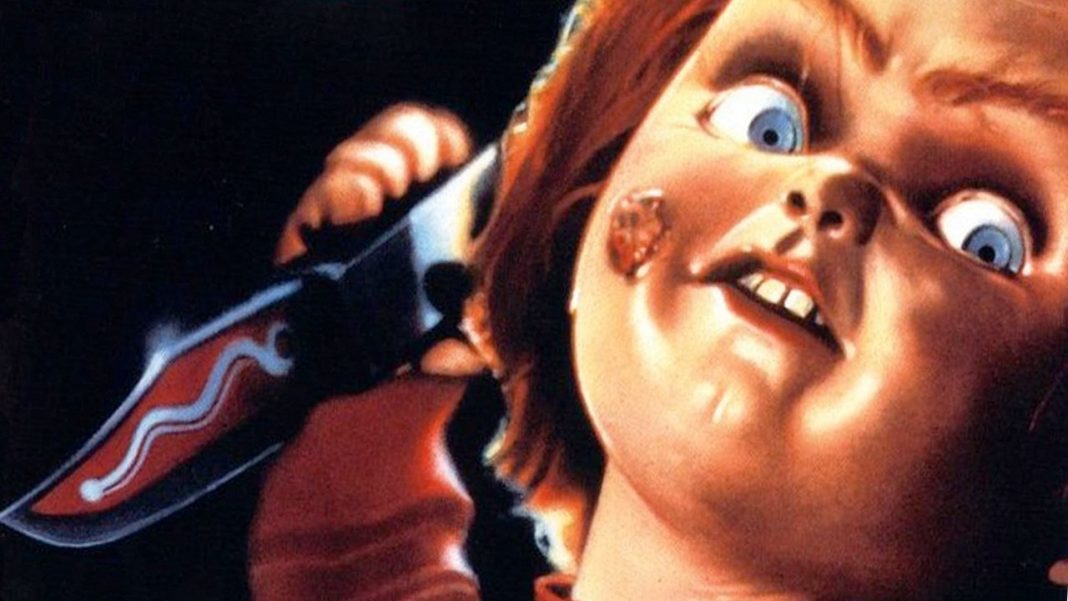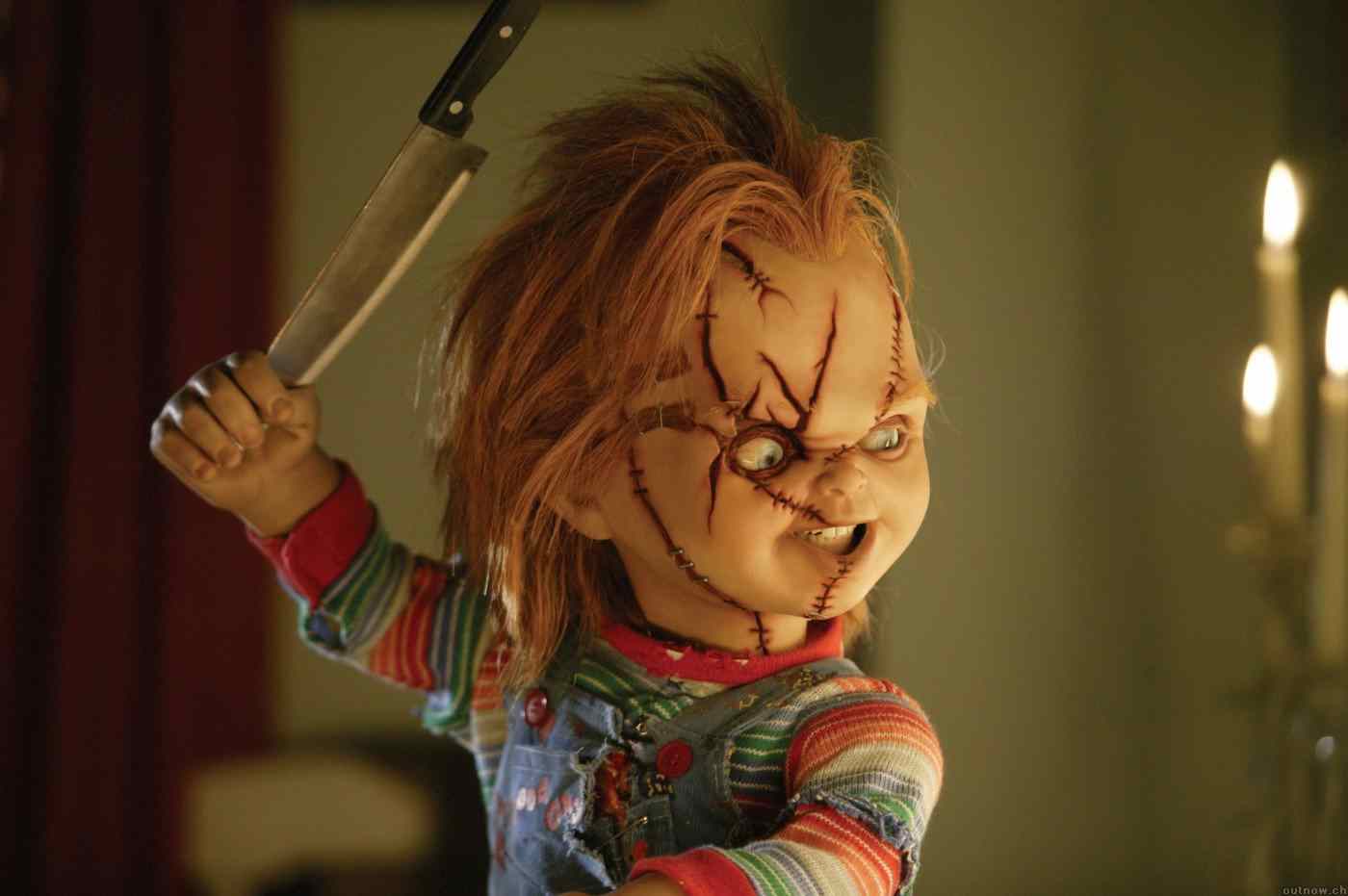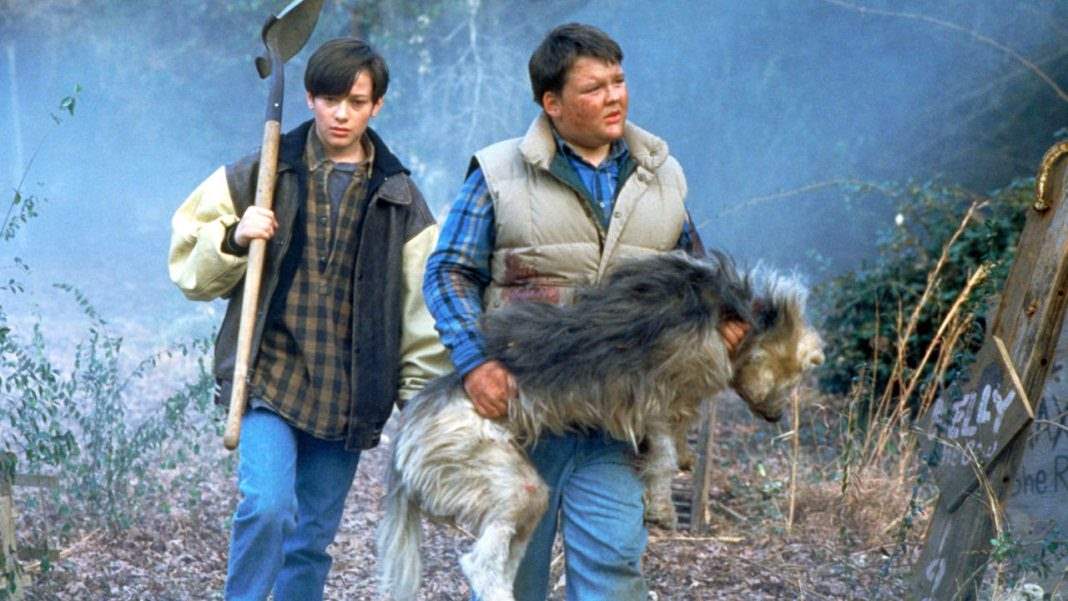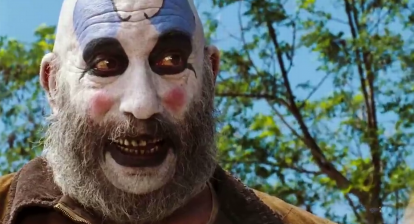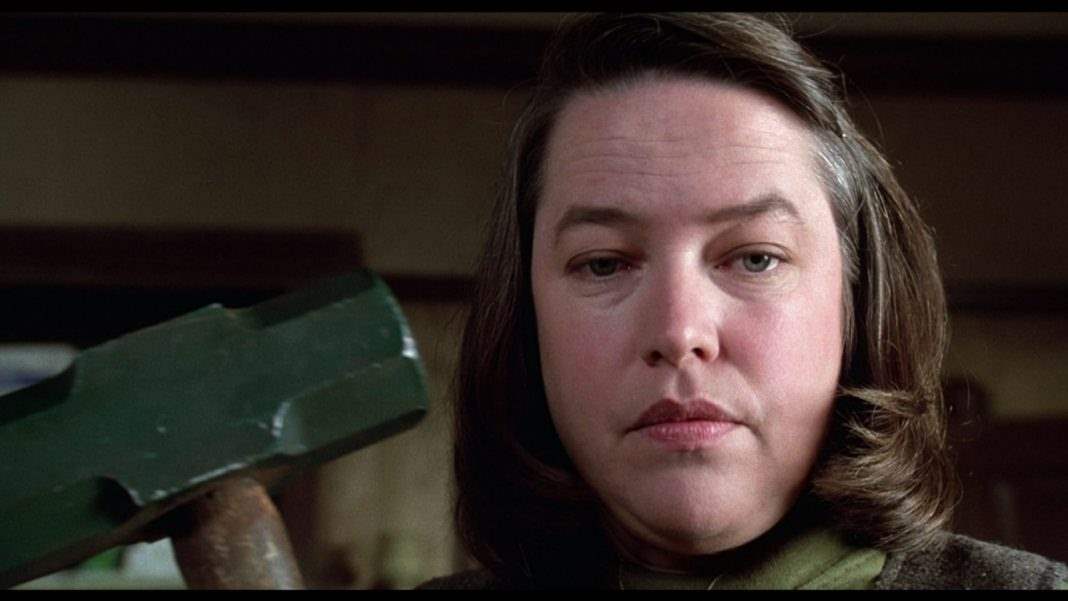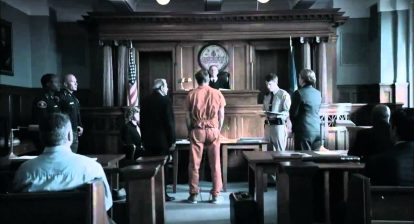Chucky is one of the most iconic figures in the spectrum of horror. Anyone can immediately draw to mind what the doll looks like. The major elements are all very much recognizable to most people. There’s something so perfect about the look and design of the doll where you completely believe that it could have been a popular toy that a kid received for his birthday in 1988. But it took a long time for that iconic figure to make it to the screen, and it went through a long and difficult evolution both before and after its debut appearance.
Like anything in film, it all begins with the script. Don Mancini’s original screenplay was very different from what wound up being made. His story was called Blood Buddy and was much more focused on the consumer satire that is sort of a background element in Child’s Play. A solid idea, Blood Buddy is an interesting twist on a killer toy story as the doll is actually a manifestation of Andy’s id. Satirizing dolls that pee, etc. the “Blood Buddy” is a doll that bleeds when cut or scraped, so that kids would have to go and buy special band-aids from the toy company to patch their buddy up. In this initial story, Andy makes a blood pact with the toy, mixing his blood with its synthetic blood and causing it to inadvertently come to life. From that point on, even if Andy doesn’t realize it, the two are linked. The doll kills anyone that the boy harbors an unconscious resentment toward.
The look of the doll wasn’t too specific originally, so it was left up to makeup wunderkind Kevin Yagher to design it. Producer David Kirshner also did a lot of design work. While most people believe that Chucky was directly influenced by the My Buddy doll, it was only a minor influence with the bulk of it coming from the Cabbage Patch craze. The finished Chucky design is perfect for what they had in mind. It’s such an ‘80’s toy. That’s what makes it so scary. Before the scars and the stitches, what made him scary was the fact that he was just a doll that you could actually believe a kid would own. It was all so innocent, which made everything that he winds up doing so much scarier.
 Yagher also brought an interesting element to the first movie that has been noticeably absent from some of the later sequels. The mythology created in Child’s Play states that the longer Chucky spends inside the doll body, the more human he becomes. That’s why Chucky is trying so hard to transfer his soul into Andy’s body, because if he runs out of time, then he becomes trapped and there’s nothing he can do. This element of the story is at least partially intact in the first two sequels, but the first makes the most of it. As the film goes on, you can actually see Chucky grow more and more human. His skin starts to look like human skin. His drawn on eyebrows become actual hair. This is an incredible attention to detail that was sadly absent from the rest of the franchise. Of course, it probably couldn’t have survived after that whole plot point was dropped from Bride onward.
Yagher also brought an interesting element to the first movie that has been noticeably absent from some of the later sequels. The mythology created in Child’s Play states that the longer Chucky spends inside the doll body, the more human he becomes. That’s why Chucky is trying so hard to transfer his soul into Andy’s body, because if he runs out of time, then he becomes trapped and there’s nothing he can do. This element of the story is at least partially intact in the first two sequels, but the first makes the most of it. As the film goes on, you can actually see Chucky grow more and more human. His skin starts to look like human skin. His drawn on eyebrows become actual hair. This is an incredible attention to detail that was sadly absent from the rest of the franchise. Of course, it probably couldn’t have survived after that whole plot point was dropped from Bride onward.
Chucky looks basically the same in the second as he does in the first, except that his look does not evolve over the course of the movie, as stated. Most of the changes are subtle and made for the sake of functionality more than anything else.
Child’s Play 3 sees the first redesign, which is much tamer compared to everything that would follow it. The design is mostly to fit the story, in which the Good Guy doll is dusted off and rebranded for a 1990’s market. Chucky is a little meaner looking here, a little more menacing, but can still switch back to his natural doll-like state. It wasn’t a drastic redesign, just enough to make things interesting.
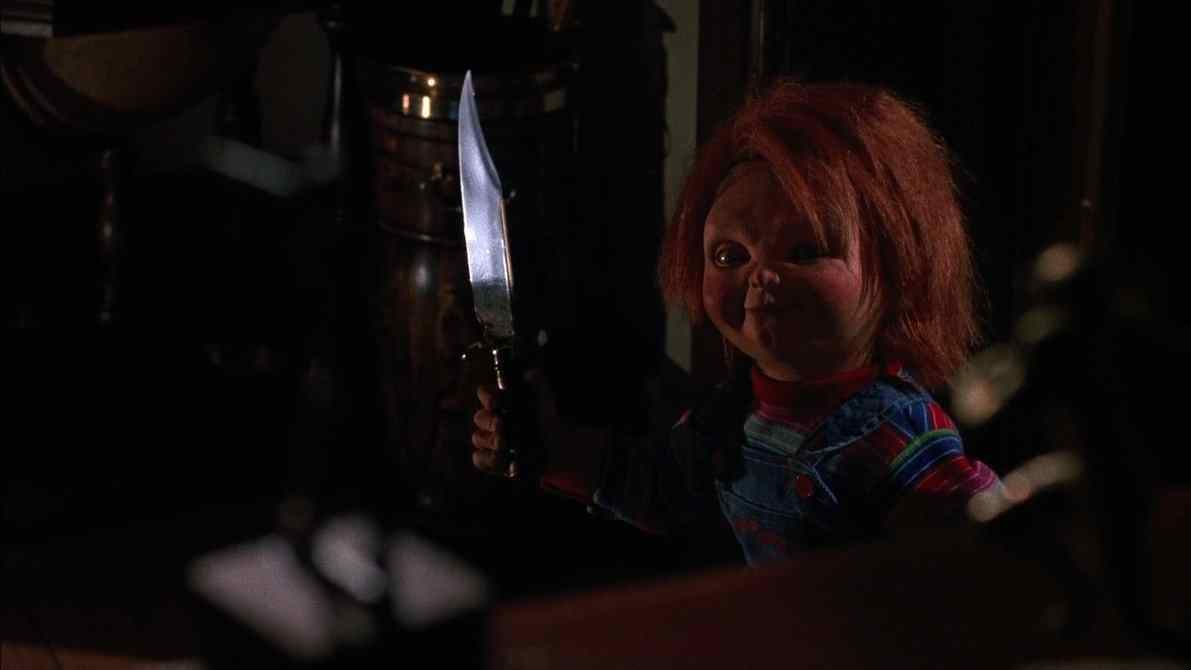 Ironically, it’s the fourth film, Bride of Chucky that introduced the doll most people know and love. This is the image that immediately comes to mind when people think of Chucky. Don’t get me wrong, I think stitched Chucky is a brilliant move in Bride. It’s a horror comedy and it makes perfect sense. The title and concept reference The Bride of Frankenstein, so to give Chucky a Frankenstein-ish appearance is genius. What I don’t really understand is why the look continued after that movie, because it is sort of a one-off joke. Chucky’s appearance has no real bearing on Seed of Chucky.
Ironically, it’s the fourth film, Bride of Chucky that introduced the doll most people know and love. This is the image that immediately comes to mind when people think of Chucky. Don’t get me wrong, I think stitched Chucky is a brilliant move in Bride. It’s a horror comedy and it makes perfect sense. The title and concept reference The Bride of Frankenstein, so to give Chucky a Frankenstein-ish appearance is genius. What I don’t really understand is why the look continued after that movie, because it is sort of a one-off joke. Chucky’s appearance has no real bearing on Seed of Chucky.
In Curse it at least makes a sort of sense because that film is about tying all the loose ends of the franchise together, so it’s incredibly appropriate to have both unscarred and scarred Chucky in that one. There was a backlash against the doll’s appearance after the trailer was released, but they were holding off revealing the scarred look until its release, which was a surprise that actually worked. The reason Chucky looks so bad in certain shots of the trailer is because it is actually the scarred doll digitally altered to look unscarred.
In some ways, Curse of Chucky was an appropriate way to bring the series back to its roots both with a straightforward horror movie as well as return to Chucky’s original appearance. Things appear to have come full circle, but it’s hard to imagine that the franchise is over. In fact, Mancini is already hard at work on writing the next one. And as long as the series keeps on going, Chucky’s appearance will no doubt continue to evolve.
